While it's normal for cats to chew on everything—even things that aren't meant to be chewed—sometimes, the behavior can get out of hand. It's potentially dangerous to the cat, not to mention damaging to your belongings.
However, since cats explore with their mouths, they're going to chew on things. There are a few possible medical conditions that may cause excessive chewing in cats, including teething in kittens. Yet the top cause of chewing in house cats is boredom, which is relatively easily remedied.
Why Do Cats Chew on Everything?
Before settling on boredom as the reason for your cat's chewing habit, take it to the veterinarian to rule out a medical issue.
- A cat with gum disease may gnaw on things to soothe its mouth, and a cat with a digestive issue may chew and drool on things to help with nausea.
- Obsessive-compulsive disorder, nutritional deficiencies, and early weaning all are possible medical causes of chewing.
- Periodontal disease, which is an inflammation of the gums and the tissues surrounding teeth, is very common in cats and is usually treated with a full cleaning under anesthesia to rid your cat of the plaque and tartar that harbor bacteria that lead to periodontal disease. In more advanced stages of periodontal disease, affected teeth may need to be removed. How your vet treats a gastrointestinal ailment will depend on the severity and nature of the illness—a cat with a digestive problem will usually show more signs than just chewing that it is sick.
If there's no underlying medical cause, chances are you've got a bored cat on your hands. It may not seem like a kitten could get into too much trouble chewing, but there are some serious hazards around the house you may be overlooking.
Next Steps
The most common objects of kittens' chewing are wires, cords, houseplants, and fabric or leather furniture. Each item requires a slightly different approach to prevent the cat from chewing.
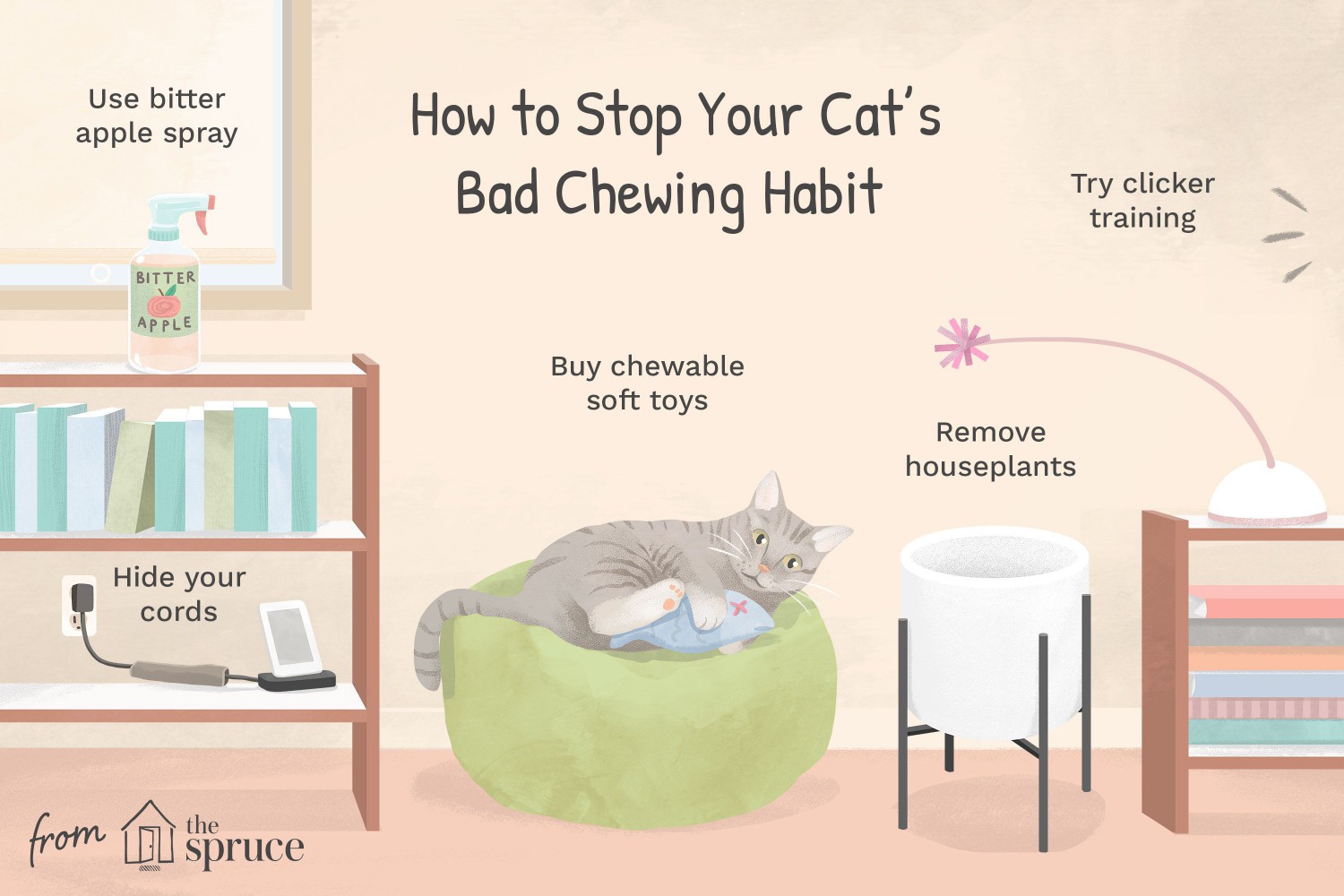
The Spruce / Melissa Ling
Wires and Cords
Cats usually find cords and wires to chew on, especially if left alone during the day. Try to provide plenty of "play alone" toys for your cat or kitten, including wall or door-mounted toys they can swat or bat around, cat towers to explore, with attached toys for added interest, or even an arrangement of cardboard boxes on the floor to form a tunnel, with holes cut through the sides. Toys that dispense treats are a great way to satisfy their hunting instincts.
To handle the cord situation itself, you need to devise a way to cover the cords, discourage access to them, or make them unpalatable for chewing.
- Cover the cords. Many computer supply stores carry pre-split hollow tubing for covering cords and electrical wires, as well as kits for managing computer cords. If you're handy with a utility knife, you can purchase flexible poly tubing in several diameters in most building supply or hardware stores. Slit one side of the tubing, then cut it to length for each cord. You might also try larger corrugated tubing to run several wires through if that works for you. Another option is to try the CritterCords Cord Protector to cover cords.
- Discourage access to the cords. Try applying several rows of double-sided sticky tape to the floor surrounding a large cord tangle (such as frequently happens with computers). Cats will be reluctant to walk across the tape.
- Make the cords taste bad. By far one of the best training tools for any kind of destructive chewing is bitter apple spray. It is guaranteed to leave a bad taste in your cat's mouth, one that he won't long forget. Be advised you may need to reapply this to the area you want your cat to avoid, especially if you have a persistent cat.
Houseplants
Cats have a natural desire for greenery to chew, and your live houseplants might become a target. Some of these plants can be extremely toxic to cats, and for your cat's safety, you need to learn to recognize and get rid of these plants.
Check this list of toxic plants to see if any of your houseplants are on it, then either discard or make those plants completely unavailable to your cat.
Fabric and Leather Items
Wool chewing falls under the realm of OCD. For the kind of chewing behavior we're discussing here, the best way to discourage such behavior is to offer other "legal" chewing sources for your cat, e.g. chewable soft toys.
If you can't put away all the fabric and leather items your cat likes to chew on, try some bitter apple spray on the area where it usually chews, but test it first on a small hidden seam to ensure it doesn't stain.
Kittens
There's one item that works wonders with kittens' teething: plastic drinking straws, especially the large ones used for milkshakes. They provide the crunchy contact kittens need, and they make a great interactive toy.
You can derive lots of interactive play by teasing your kitten with the straw, then letting him "capture" it and watching him proudly carry around his "prey." Adult cats may remember their straws, so it's not unusual to see one of them batting one around the floor.
Clicker Training
Although most often effective with dogs, clicker training can be used in cats. Usually a small, hand-held device, the clicker can be used to make a clicking noise when the animal performs the desired behavior. For clicker training to be effective, the click must be immediately followed by a treat for the animal, so it learns to associate the action and the click with a positive experience. Eventually, the treat can be phased out.
Don't Hit or Yell
Hitting and yelling are not effective in most animals, particularly not in cats, who will not associate bad behavior with the negative reinforcement you intend.
Related Article
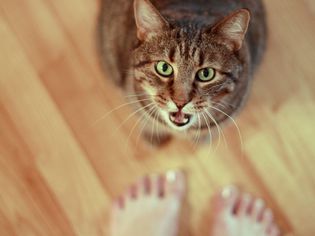
Why Your Cat Is Meowing So Muchâand Other Ways They Seek Your Attention
Cats meowing so much can often be misconstrued as a "behavior problem" when it's often completely n
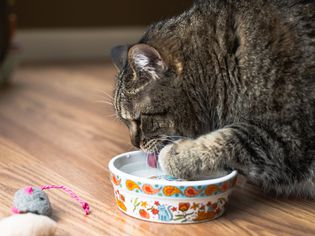
Why Does My Cat Keep Knocking Over Their Water Bowl?
Cats and kittens have a reputation for hating water. Most cats avoid getting wet if at all possible

Is Feliway Effective in Modifying Cat Behavior?
For several years Feliway has been available at pet stores, vet hospitals, and online retailers. Yo
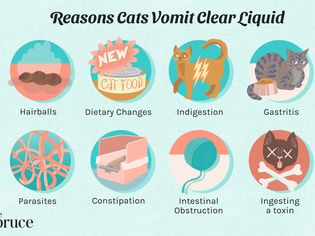
Why Is My Cat Throwing Up Clear Liquid and What Can I Do About It?
When your cat throws up clear liquid or water, it's often a sign of illness. The clear liquid y
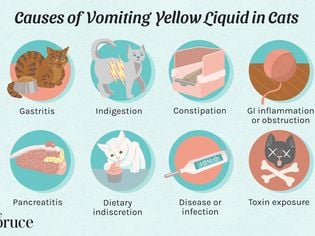
Why Is My Cat Throwing Up Yellow Liquid?
A cat throwing up yellow liquid may indicate several health concerns from indigestion to kidney dis
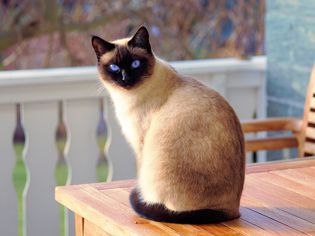
Megaesophagus in Cats
Megaesophagus is a condition that can occur in cats of all ages and breeds, either as an acquired d
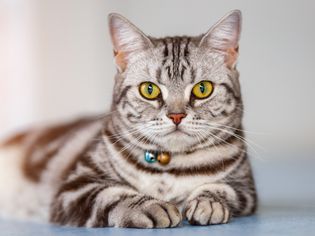
American Shorthair: Cat Breed Profile, Characteristics & Care
The American shorthair is a medium-sized cat with a gentle nature, making them a great companion fo
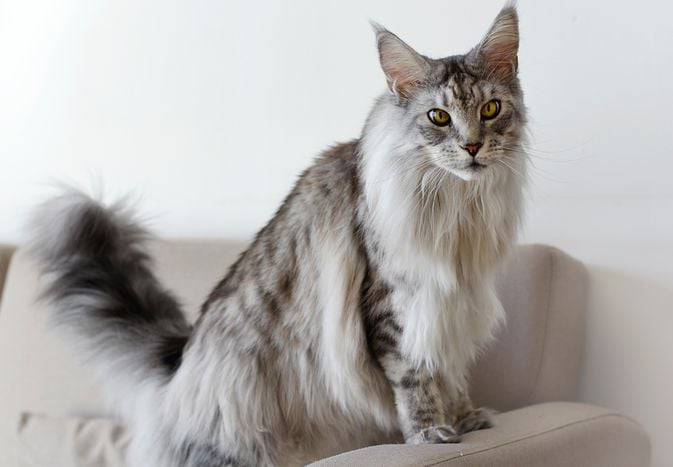
10 Large Domestic Cat Breeds That Will Make Your Home Feel Like a Jungle
While a large, wild cat—say a tiger—might not be the best choice for the average pet parent, th
About FleaFree Feline
We are a premier digital platform committed to delivering high-quality content to our readers. Our mission is to provide accurate, reliable, and engaging information that adds value to our audience's daily lives.
Our team consists of experienced content creators and subject matter experts who uphold the highest standards of professionalism. In an era of information overload, we curate content with care, ensuring our users receive only the most relevant and trustworthy information.
Beyond just reporting facts, we focus on depth and context. Through expert analysis, comprehensive research, and clear presentation, we help our audience gain meaningful insights and make informed decisions.
We take pride in being a trusted information source for our growing community of readers. Our user-first approach means we continuously adapt to provide content that meets our audience's evolving needs and interests.
Innovation and excellence drive everything we do. We're committed to improving our platform and services to deliver the best possible experience for our users.

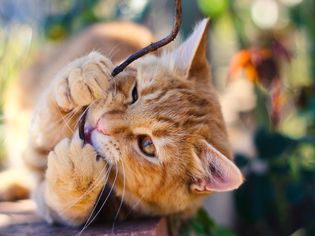
Comments on " How to Stop Destructive Chewing in Cats" :